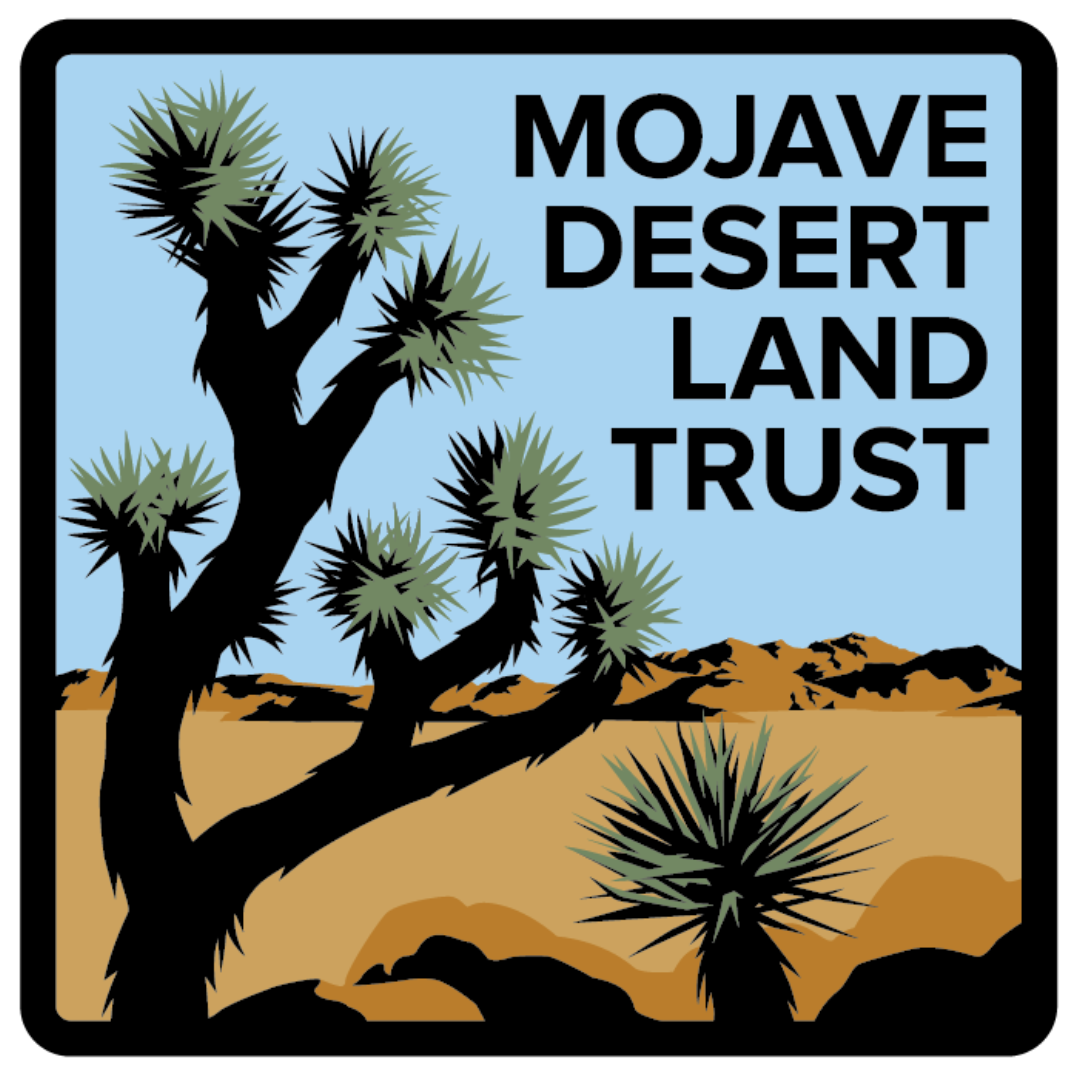Chuckwalla National Monument
Chuckwalla National Monument was designated on January 14, 2025 by President Joe Biden. It spans approximately 624,000 acres from the Coachella Valley region in the west to the Colorado River in the east. In establishing the national monument, President Biden recognized that the lands "hold extraordinarily diverse ecological, cultural, and historical value".
The Mojave Desert Land Trust is proud to have served as part of the movement to designate this new desert national monument. These new public lands offer a beacon of hope for the future stability of one of North America’s strongholds of biodiversity.

Get involved!
Receive all the latest news and ways to explore Chuckwalla National Monument!
Why a new national monument?
Chuckwalla National Monument honors and recognizes Indigenous cultural histories; increases access to world-class nature for residents and visitors; protects fragile desert wildlife and facilitates habitat connectivity; and helps boost local economies. Almost the entirety of the proposed monument is critical habitat for the Endangered Mojave Desert tortoise and home to rare flora.
Key features:
Establishes a new national monument bordering the southern edge of Joshua Tree National Park.
Honors the homelands of the Cahuilla, Chemehuevi, Mojave, Quechan, and Serrano peoples.
Protects geological wonders such as Painted Canyon.
Protects World War II-era training sites including the Patton training camps and historical mining sites.
A long term priority for MDLT
The Mojave Desert Land Trust has been a part of the grassroots campaign advocating for greater protection to this region of the Colorado Desert. We drew on our field experience stewarding desert tortoise habitat in the region and carried out an extensive on-the-ground analysis of the ecological factors within the proposed monument. MDLT worked with conservation partners and Tribal leaders in building support for legislative and community initiatives. We were proud to support a Chuckwalla Youth Ambassador in their engagement with communities in the Coachella Valley.
A special thank you to all the members of the public who joined our excursions to the area, wrote to their elected officials, and signed petitions calling on President Biden to designate the monument.



